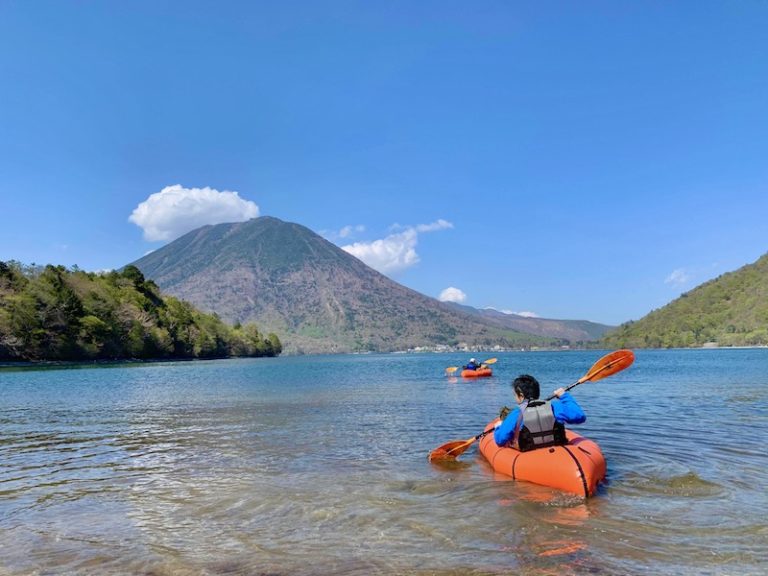
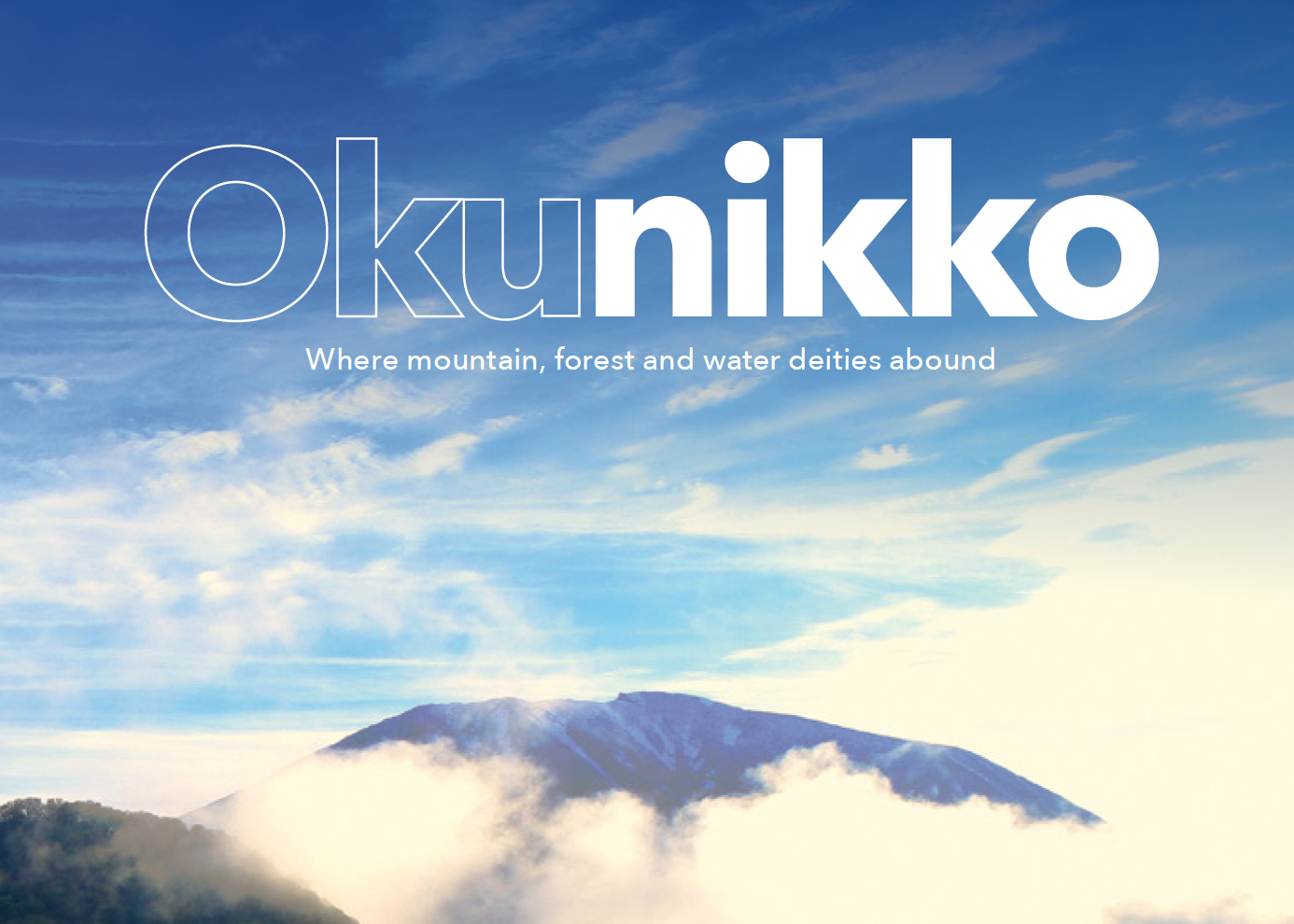

A Natural Wonder or a Gift from the Gods?
The cone-shaped Mt. Nantai towers over the picturesque Lake Chuzenji like a protective deity, eternally guarding the wondrous natural landscape created by Earth’s tectonic power. 20,000 years have passed since the colossal eruption of Mt. Nantai blocked the flow of the Daiya River, leading to the birth of Lake Chuzenji and the majestic Kegon Falls.
The vast and tranquil Senjogahara Marshland, whose name literally means the battleground of gods, was also formed after an eruption, when a pyroclastic flow filled up an adjacent lake and transformed it over a long period of time into the marshlands we know today.
Though all the volcanoes that make up the Nikko mountain ranges have been dormant for over 7,000 years, the impressive Mt. Nantai is still alive, and a variety of pocket valleys along its ridge testify to nature’s eternal vitality. Due to its distinctive composition of unstable layers of lava rock, volcanic dust and pumice, the body of Mt. Nantai is literally crumbling down with each passing year. For centuries people have been deifying this perpetually transforming body and its powerful landscape-shaping forces.
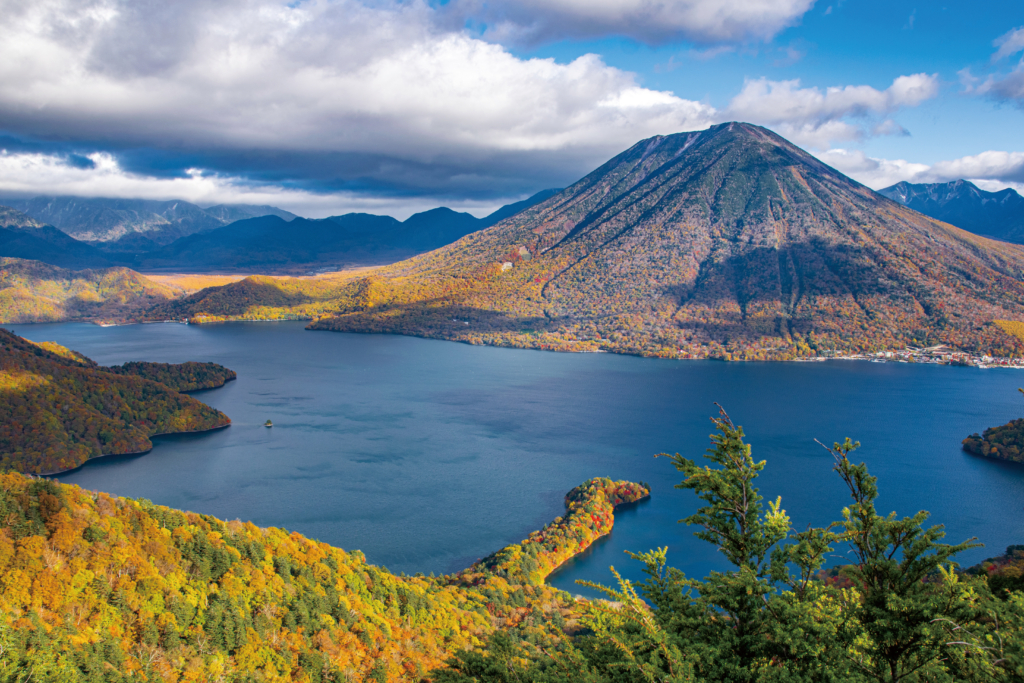
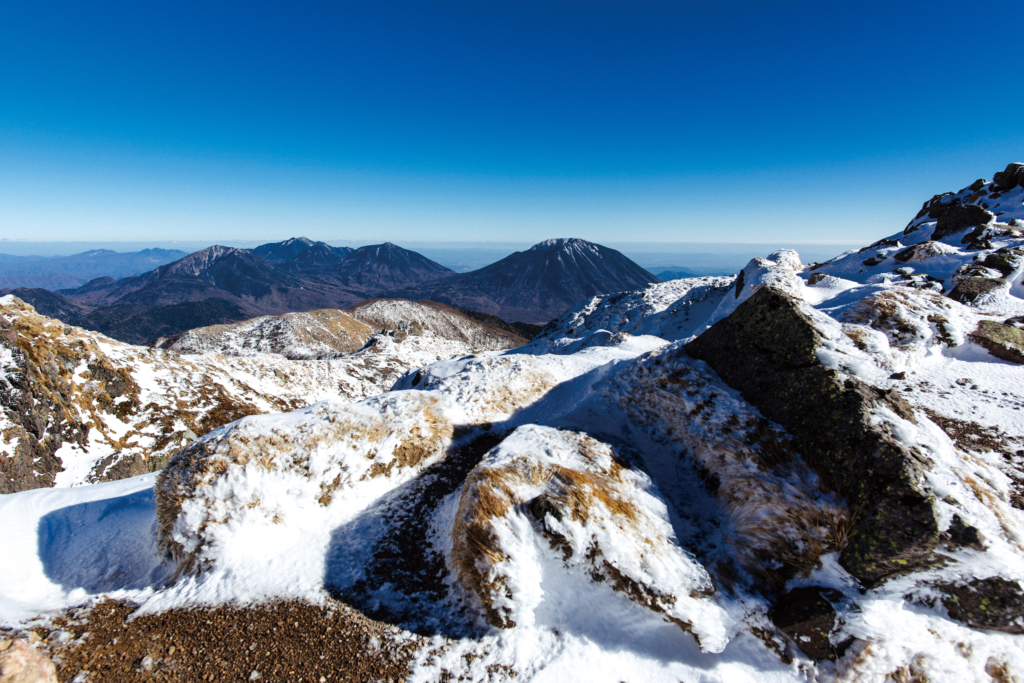
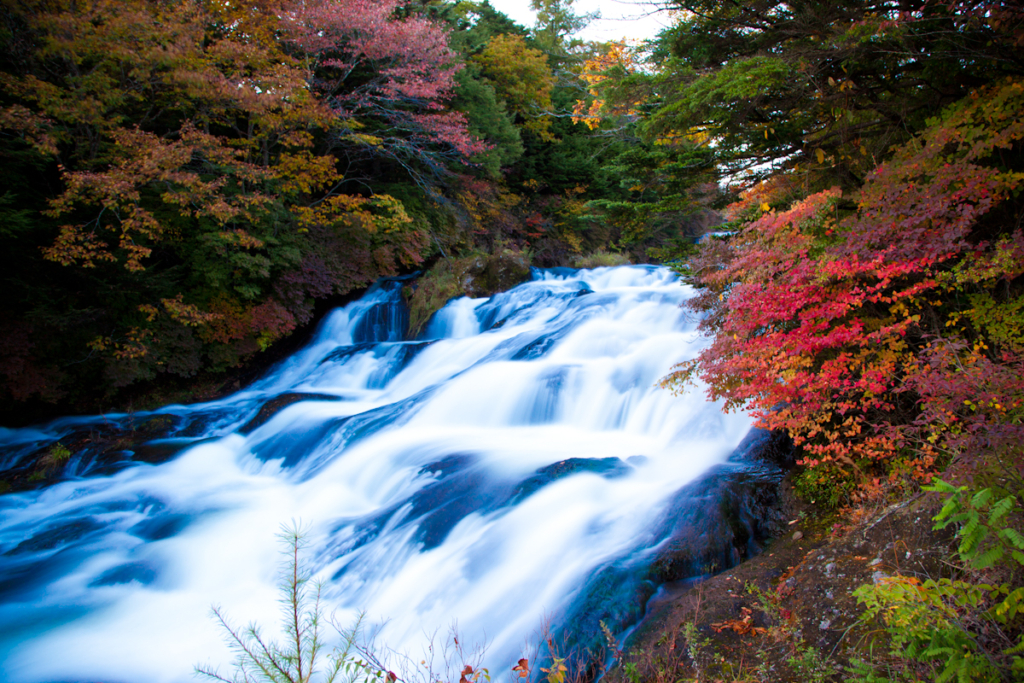
Spiritual Beginnings Atop a Mountain
Today, Nikko’s fame is largely centered on the lavish Toshogu Shrine, built after the death of the Edo shogunate founder, Tokugawa Ieyasu (1542-1616). But the reasons why the shogun himself along with the generations before him revered Nikko are rooted precisely in the three sacred mountains, Mt. Nantai, Mt. Nyoho and Mt. Taro, long considered to be the dwelling grounds of the Gods. The Buddhist monk Shodo Shonin (735-817) was the pioneer who first climbed Mt. Nantai’s 2,486 meters on his third attempt to reach the divine ground of the gods in pursuit of enlightenment. Upon discovering the unspoiled panorama which reminded him of the Kannon faith’s Pure Land, Shodo Shonin founded a small temple on the summit, and later a larger one on the lakeshore at the base of the mountain. Those are Okunomiya and Chugushi, two of the three Futarasan-Jinja Shrines dedicated to the deities residing over the mountain range. The third stands in downtown Nikko, right next to Nikko Toshogu Shrine, and although sometimes overshadowed by the grandiose popularity of its neighbor, its solemn existence testifies to the transcendent origins of Nikko’s mountain faith. Mt. Nantai’s deification through the three Futarasan shrines became the foundation of Nikko’s unique syncretism of Buddhism and Shinto and led to a World Cultural Heritage Site status.
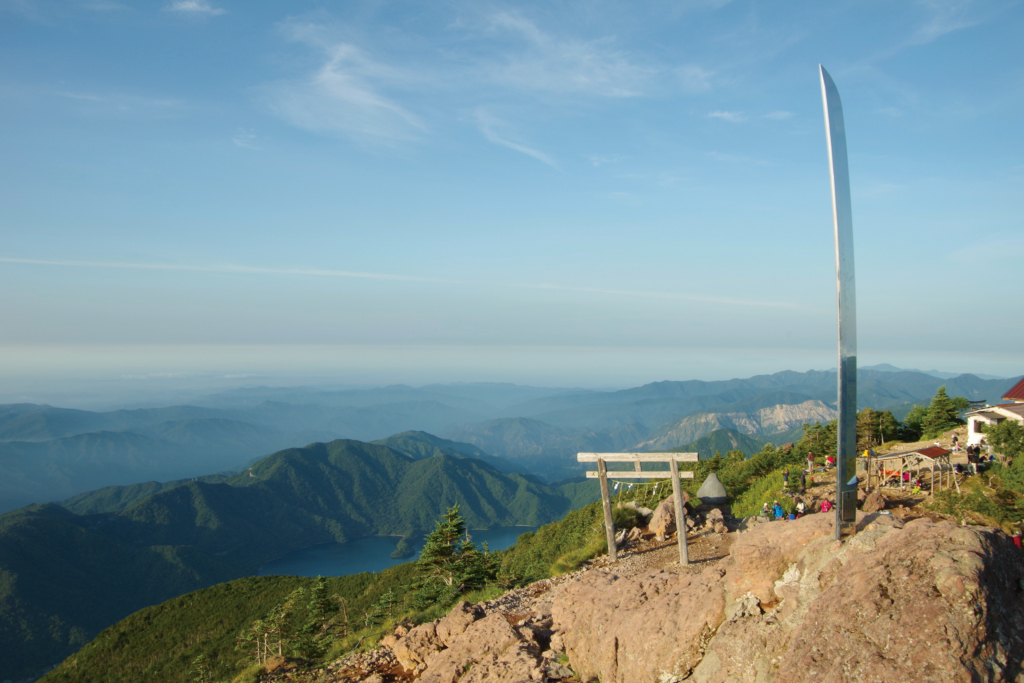

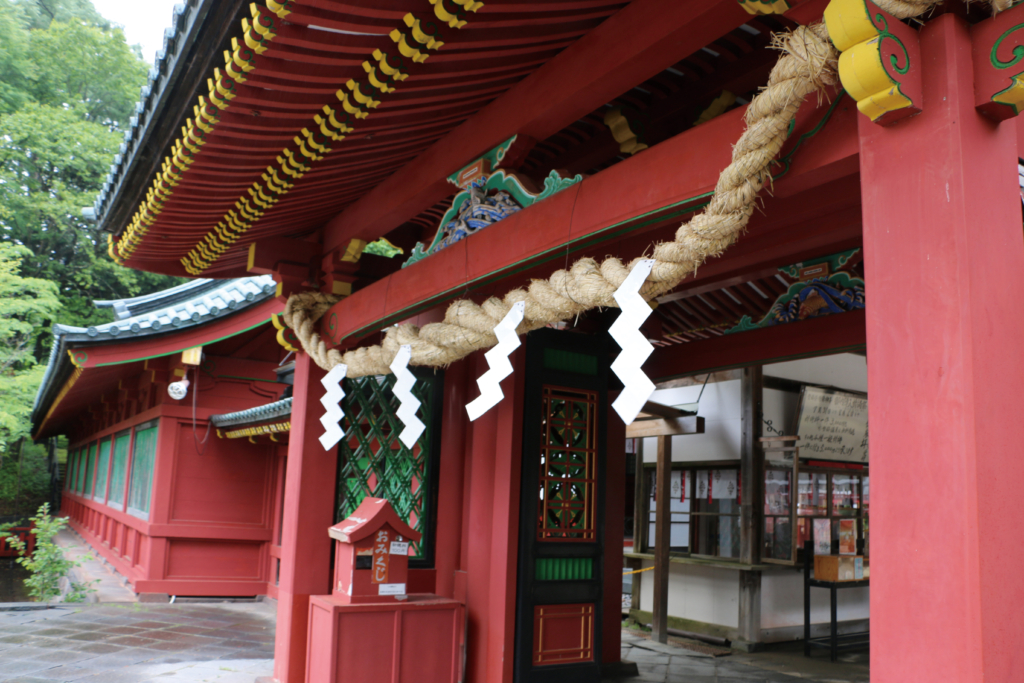

How the Divine Landscape Captured the Hearts of Foreign Diplomats
In the late 19th century, Okunikko gained fame as a summer retreat among Western diplomats, merchants and industrialists in Japan. Sir Ernest Satow, a British diplomat and Japanologist, was one of the first foreigners to discover the beauty of Lake Chuzenji and describe it in a travelogue in 1875. Scottish merchant Thomas Glover became one of the first international residents to build a villa on the lake, along with a fishing club which later evolved into a social club for Japan’s foreign elite (the Tokyo Angling and Country Club). Perhaps initially attracted by the locals’ reverence for the mystical mountain deities and Nikko Toshogu Shrine, foreign travelers became fascinated by the idyllic beauty of Okunikko and soon developed the lakeshore area into a summer retreat, designed for relaxation and socialization.
Numerous estates, including official villas of Western embassies, were built at quiet inlets overlooking the tranquil waters of Lake Chuzenji and the majestic Mount Nantai.
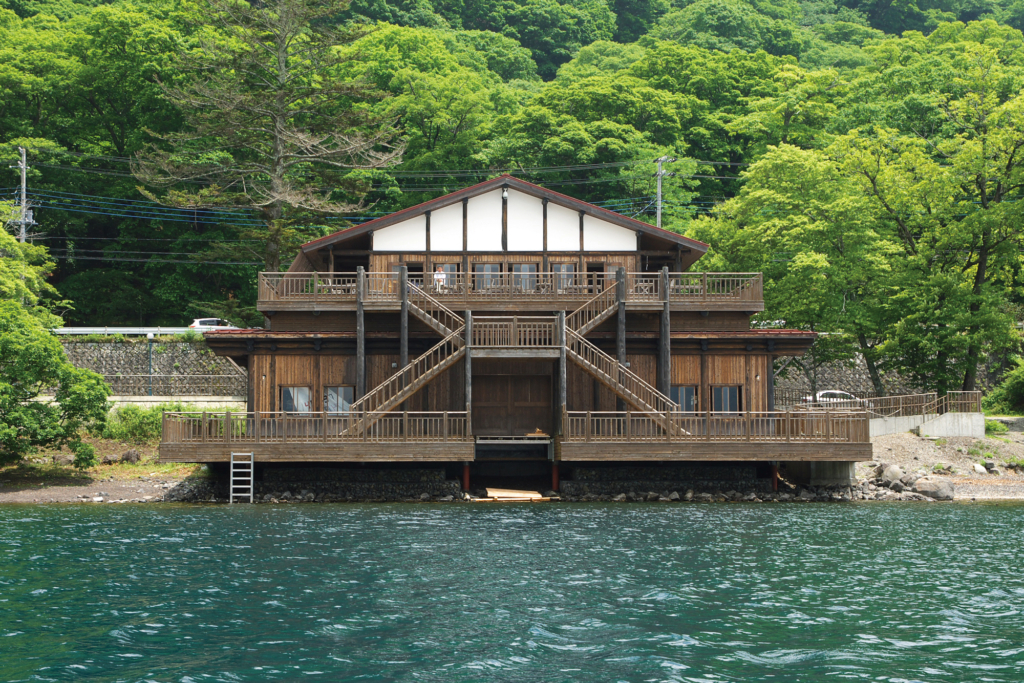

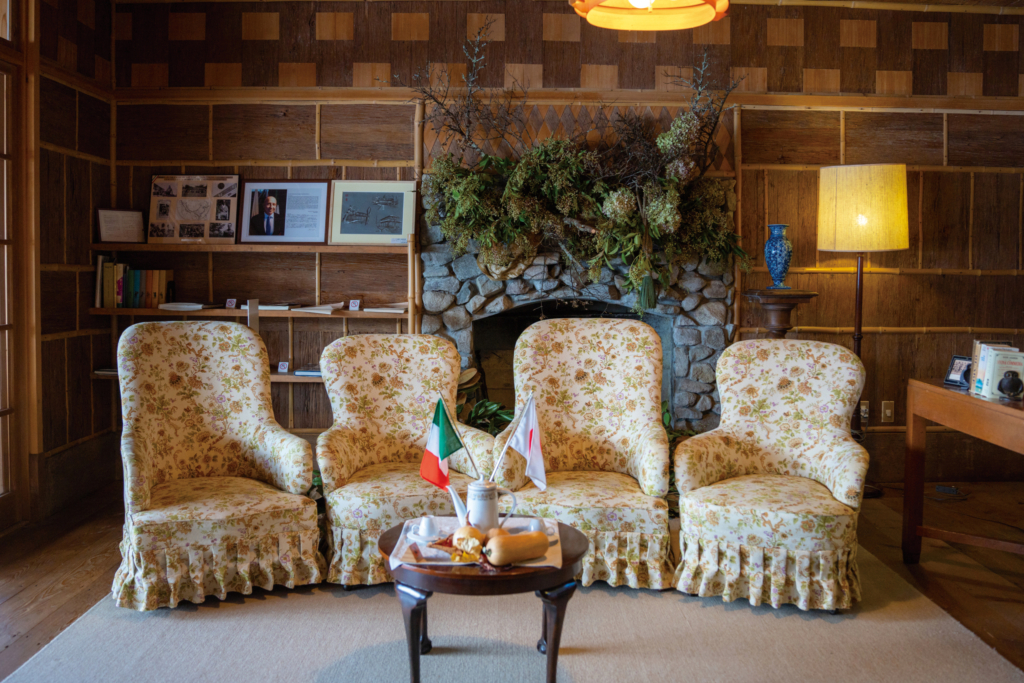
Connect and Discover in the Divine Realm of Okunikko
To appreciate Okunikko’s millennia-old historical and cultural heritage, it is highly recommended to spend a few days relaxing and contemplating near Lake Chuzenji, similarly to what famous British globetrotter Isabella Bird and other travelers did 150 years ago. It takes more than a rushed day trip to perceive the grandeur of Mt. Nantai, the divine creator of scenic vistas and inspiration for a unique faith that captured the hearts of people all over the world.
There are various ways to spend a rewarding vacation in Okunikko’s nature
Said to have been created by the Gods, Okunikko’s abundant waterscapes are among the most delightful wonders that Japan has to offer. For centuries, Lake Chuzenji has been attracting pilgrims with its tranquil splendor, but today visitors to Okunikko can also enjoy the lesser-known but equally as scenic Lake Yunoko, the Ryuzu Falls which are acclaimed for their spectacular autumn colors, and of course the breathtaking 97-meter drop of Kegon Falls.
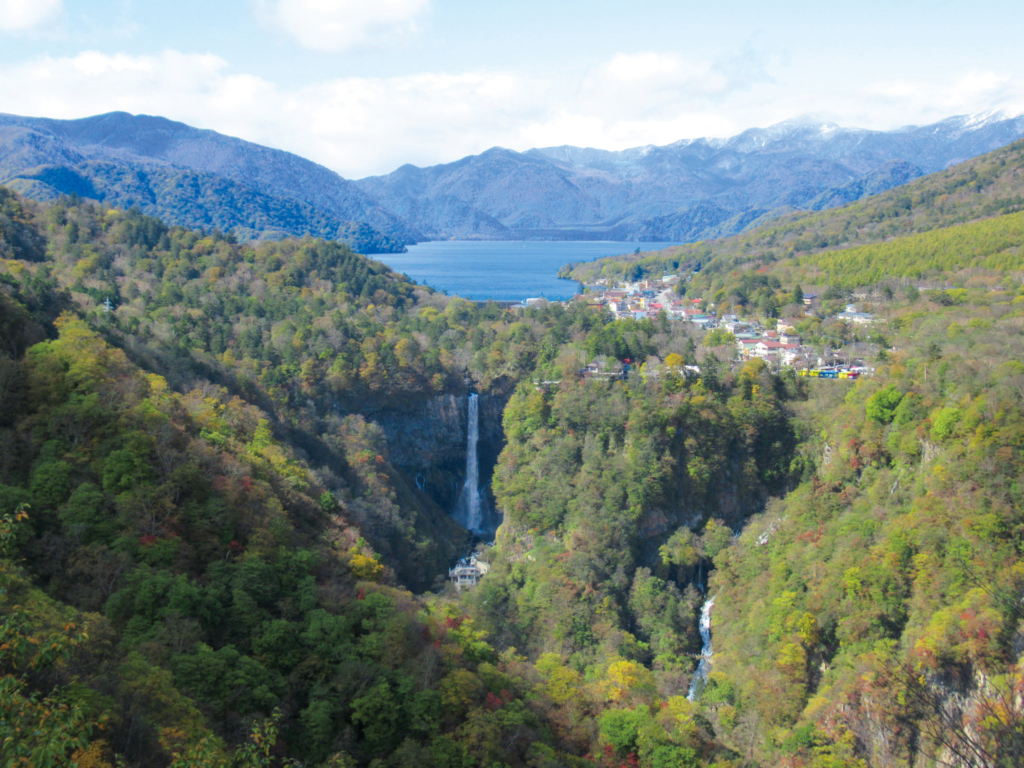
The extensive Senjogahara Marshland, registered under the Ramsar Convention on Wetlands, also occupies a special place among The extensive Senjogahara Marshland, registered under the Ramsar Convention on Wetlands, also occupies a special place among Okunikko’s wet natural wonders. Drained of its water by the volcanic activity of Mt. Nantai, the former lake of Senjogahara derives its name (literally “battlefield”) from a primordial legend of a battle between competing mountain gods. The healing waters of Yumoto Onsen, first discovered by priest Shodo Shonin, are also an integral part of Okunikko’s aquatic riches.
Climbers will be enthusiastic to discover that there are numerous hiking trails through the mountain range surrounding Lake Chuzenji, with the path between Futarasan-Jinja Shrine Chugushi and Okunomiya a highlight. This is a challenging pilgrimage route, taking about a day to complete, and should be completed with reverence to the shrines and deities. Casual hikers might prefer the peaceful nature trails around Ryuzu Falls or the trekking courses throughout the Senjogahara Marshland.
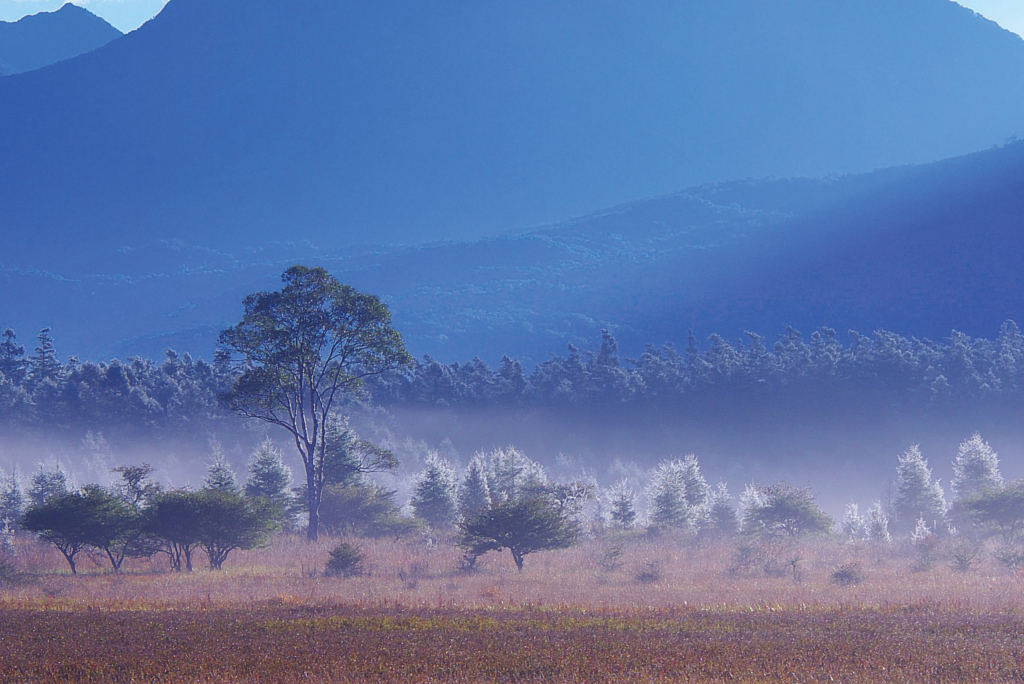
Another way to admire the scenic views is to take a charter cruise on Lake Chuzenji, in a similar fashion to how foreign diplomats enjoyed their stay 100 years ago. The motorboat will take travelers to the lake’s most hidden coves, where they can peacefully enjoy the sunset or the autumn colors. Even more adventurous is disembarking at a small lakeside beach on the far side of Chuzenji, unreachable by car or bike, for a private breakfast and coffee surrounded by nothing but pure nature.
Okunikko also offers a variety of cultural activities, such as the exclusive use of the British Embassy Villa for an early breakfast, or morning yoga overlooking the lake from the extensive terrace of the classic wooden building, much like Ernest Satow and Isabella Bird experienced on their travels.
Those seeking spiritual experiences can participate in ascetic shugendo practices such as meditation under a waterfall in the sacred expanses of the Kirifuri Highland. Other water activities available to guests at Okunikko include canoeing, stand up paddle boarding and rafting.
Although Lake Chuzenji has historically been most popular as a summer retreat and a place to marvel at the autumn colors, its deep waters don’t freeze over the winter, and the frost-covered trees are especially enchanting in the less-visited months of the year.
MOVIE
EXPERIENCE
Meet who you intended to.
Unlocked stories you longed to know.
Premium stay in Okunikko.


Embrace Nature in the Center of sacred Place Nikko
Special Sunrise or Sunset Chartered Cruise at Okunikko
Half-day SUP experience
Visit the Unexplored Regions of Lake Chuzenji–Scenic Trekking and Rafting Tour
Breakfast on the Shores of Lake Chuzenji at the British Embassy Villa
Refreshing Hike Around Yuno Lake: Revel in the Essence of Nikko’s Nature and History
1000 Year-0ld Shugendo and Takigyo Religious and Spiritual Training in Nikko
Exciting Snow Trek: Enjoy the Powdery Snow!
Just 2 hours away from Tokyo! Bask in the beauty of winter Nikko in this unforgettable ice climbing experience!
Visit Nikko’s Craftsmanship Workshop to Experience Historic Techniques
Regional Branding Institute Co.,Ltd.
Aquatellus UⅡ 8F, 2-20-3 Kaminarimon, Taito-ku, Tokyo 111-0034
attractive.japan@chibra.co.jp
Tel.+81 03-5246-4248
Fax.+81 03-6732-3140
© Regional Branding Institute Co.,Ltd. All rights reserved.



